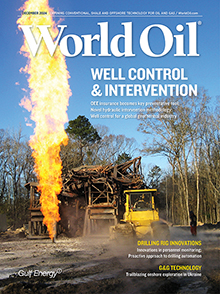Issue: December 2024
COLUMNS
We all continue to watch the massive political transition underway in Washington, D.C., as President-elect Donald Trump’s impressive win in November translates into a new cast of administration officials and regulatory policy changes, including many for oil and gas. What we are seeing is a major switch in political philosophy and approach.
Traditional producing countries in Latin America continue to stagnate, despite their great potential. However, to balance this scenario, non-traditional countries, such as Argentina, Guyana and Suriname, will attract new and important investments in the short and medium term to increase oil and gas production.
Ionic liquids (ILs) are not so new to the world of chemistry or even to the oil and gas industry, but their applications in oil and gas, in particular, are not widely known or utilized. Because there are so many potential IL chemical structures, there are yet to be discovered compounds, and applications, as well. In any case, ILs have, for some time, especially in the last decade, represented a remarkable breakthrough in chemical science.
As the year wraps up, the holiday period is typically a time of reflection, as we look for inspiration for the coming year and develop our goals and dreams. I would like to take this time to reflect on some of the bigger stories around produced water management and what I believe our goals should be for 2025.
SPECIAL FOCUS - WELL CONTROL & INTERVENTION
Geothermal well blowouts pose a significant financial and reputational risk to developers and could undo recent gains by the resurgent and expanding global geothermal industry. Advance well control planning and preparations, focused on distinct geothermal requirements and environments, will prevent or mitigate their impact.
Having been a leader in offering turnkey, vessel-based, riserless light well intervention services, C-Innovation has devised a novel hydraulic intervention methodology to access wells that are normally inaccessible by intervention vessels. In this interview, two of the firm’s engineers describe the new methodology.
OEE, a specialized insurance policy covering well control incident costs, is becoming a key preventative tool in the oil and gas industry. It not only provides financial protection but also incentivizes proactive well control practices, leading to enhanced safety, reduced risk, and improved business continuity.
2025 INDUSTRY LEADERS' OUTLOOK
For decades, the oil and gas industry has been the backbone of global strength—fueling economic growth, creating high-paying jobs, and ensuring energy security. But today, the definition of success is evolving. Confronted by increasing regulation, rapid technological change, and shifting global priorities, our industry must reimagine what it means to “win” in this new era.
Following the election of a new UK government in the summer of 2024, substantial policy changes affecting the future of the UK Continental Shelf have been made. These continue to dominate the investment environment.
FEATURES
The East African Ruvuma-Rufiji gas basin holds potential to address rising global LNG demand, with substantial reserves and key market proximity. However, Mozambique and Tanzania face ongoing security and regulatory challenges, which could delay LNG production, particularly with demand projected to rise through 2030.
In the arena of hydrocarbon exploration, precision and speed are paramount, especially when dealing with complex geological structures in ever-changing, geopolitically challenging environments like Ukraine.
API’s Nonconformance Reporting (NCR) system incorporates a proactive approach to identifying and addressing quality issues across the industry, strengthening the integrity of industry standards and the credibility of the API Monogram Program.
Innovations in personnel monitoring solutions can improve crew safety and reduce operational downtime in the oil field
This article explores the history of Tubing-Retrievable Safety Valves (TRSVs), highlighting their development milestones and introducing Halliburton’s EcoStar® all-electric TRSV. Created to meet reliability and operational performance needs, this product helps advance safety valve technology and points to a safer industry future.
The U.S. continues to drive growth as the largest LNG exporter, reflecting its sustained investment in liquefaction projects and an increase in production capabilities.
In the midst of the digital revolution, new processes to improve health, safety and competence levels offshore are being explored. This article discusses the training providers approach to digital learning and how it supported an international offshore producer achieve a 90% increase in training compliance.
Advancements in drilling automation and controls enhance operational consistency and safety.



